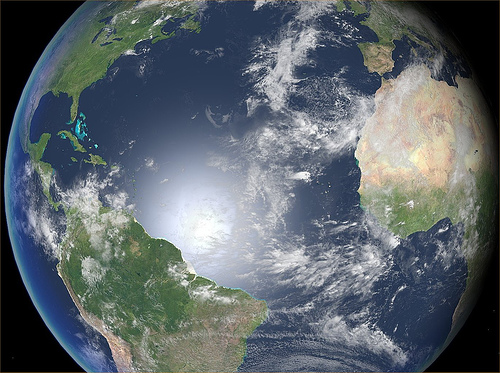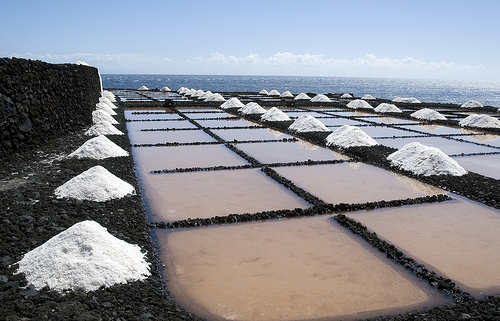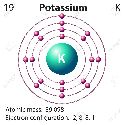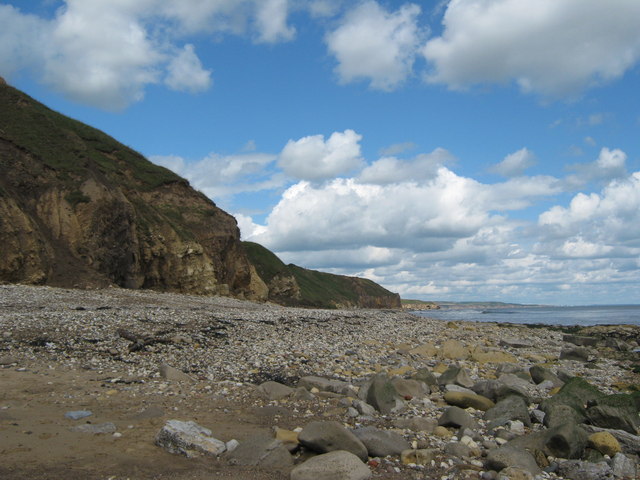|

|
|
70% of our earth is covered by water mainly ocean and seas.
The vast water bodies and its enormous potential are yet to be totally revealed.
The ocean is a vast pool of minerals and resources of the most natural
type.
The direct extraction of resources is limited to salt; magnesium;
placer gold, tin, titanium, and diamonds; and fresh water but the extraction
processes are still under great progress.The main ocean mineral waters are like to
be following
|
| Ocean Water
Mineral Salts |
|

|
|
SALT: Almost 250 million metric tons of salt
produced annually is mined from large beds of salt These beds found are, now
deeply buried, were left when waters from ancient oceans evaporated in shallow seas
or marginal basins, leaving residual thick beds of salt; the beds were subsequently
covered and protected from the remaining solution and destruction.
|
|

|
POTASSIUM: Potassium salts, however, occur
in many more thickly evaporate sequences along with common salt and is mined from
these beds at rates of eleven of millions of metric tons per year or so.
The potassium salts were deposited when sea water had been
evaporated down to about one-nineteenth of its original volume.
|
|
MAGNESIUM: 60 present of the magnesium metal
and some of the magnesium salts produced in the western world are extracted from
sea water electrolytic ally.
The remaining portion of the magnesium metal and salts is extracted
from old ocean deposits where the salts precipitated during evaporation or even
formed during digenesis.
|
| Ocean Water Limestone and
Gypsum |
|

|
|
LIMESTONE AND GYPSUM: Limestone's (rocks
composed of calcium carbonate) are forming mainly in the tropical to semitropical
oceans of the world today as the result of precipitation by biological organisms
ranging from molluscs to even corals and plants.
The minerals found in the ocean have lots of benefits to
mankind and prove to expand the lists of resources and those are yet to be
revealed.
|
|
Search our Web site for more information on Ocean Water
Mineral.
|